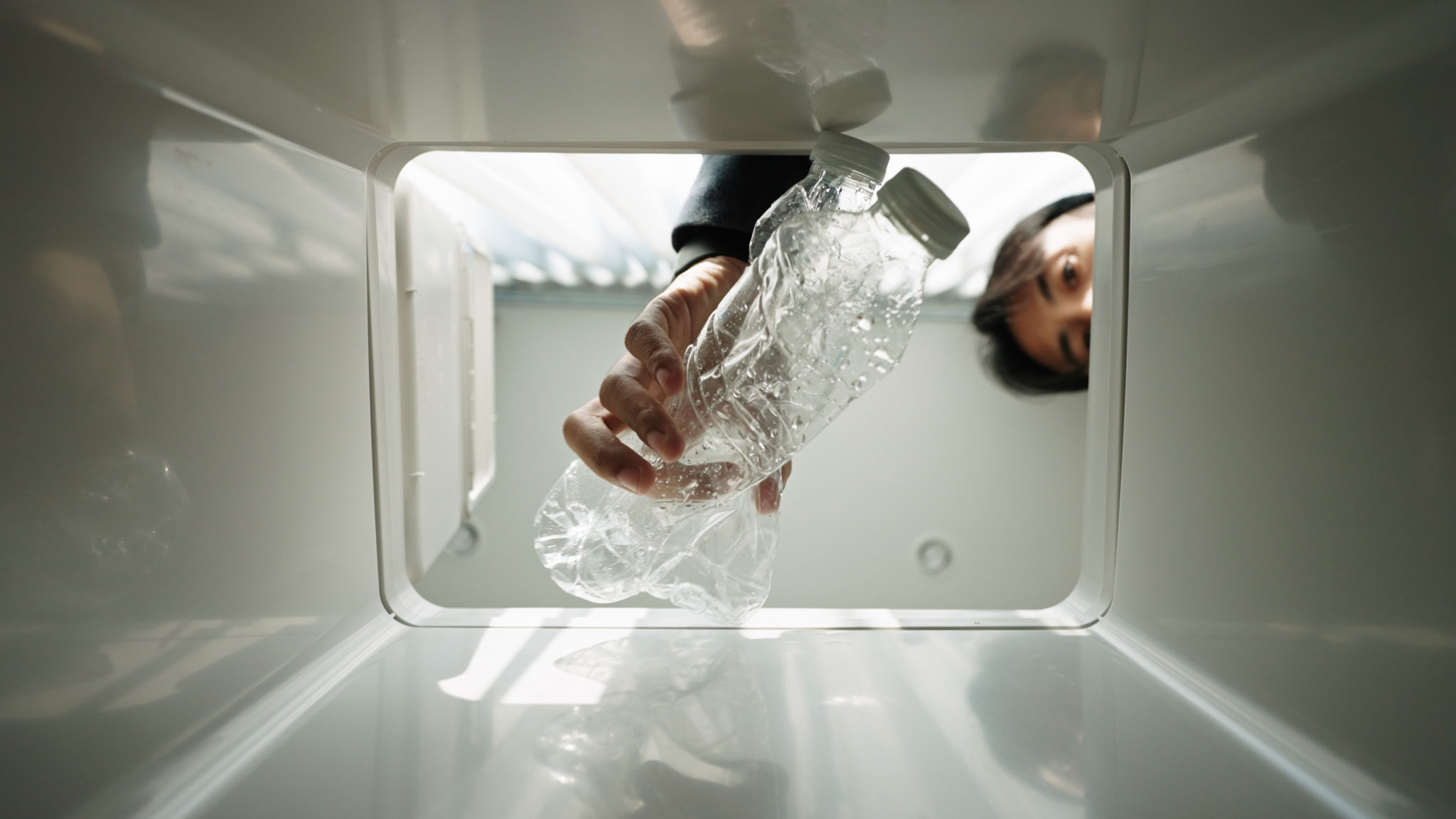The Ultimate Guide to Custom Transport Packaging Solutions
Understanding Custom Transport Packaging
In the world of logistics and supply chain management, **custom transport packaging solutions** play a pivotal role. These solutions are tailored to meet the specific needs of various industries, ensuring that goods are transported safely and efficiently. Whether you're dealing with fragile electronics, perishable foods, or bulky machinery, the right packaging can make all the difference in reducing damage and optimizing costs.

Benefits of Custom Transport Packaging
Custom transport packaging offers numerous advantages over generic solutions. Firstly, it provides enhanced protection for your products. By designing packaging that fits the exact dimensions and requirements of your goods, you minimize the risk of damage during transit. Additionally, custom packaging can improve brand recognition. By incorporating your brand's logo and colors, you create a cohesive and professional image that stands out to customers.
Materials Used in Custom Packaging
The choice of materials is crucial in custom transport packaging. Common materials include cardboard, foam, plastic, and wood. Each material offers unique benefits—cardboard is lightweight and cost-effective, while foam provides excellent cushioning for fragile items. Your choice will depend on factors such as the nature of the product, transportation method, and budget considerations.

Designing Your Custom Packaging Solution
When designing a custom packaging solution, collaboration with experienced designers and engineers is essential. They can help you create a design that not only protects your goods but also enhances their presentation. Considerations such as stacking strength, weight distribution, and ease of handling should guide the design process.
Environmental Considerations
As sustainability becomes increasingly important, many companies are seeking **eco-friendly packaging solutions**. Options include using recyclable materials, reducing packaging waste, and opting for biodegradable alternatives. By adopting sustainable practices, businesses not only reduce their environmental impact but also appeal to environmentally conscious consumers.

Implementing Custom Packaging Solutions
Implementing a custom packaging solution involves several steps. Start by conducting a thorough assessment of your packaging needs. This may include analyzing your supply chain, identifying potential risks, and estimating costs. Once you have a clear understanding of your requirements, you can work with a packaging provider to develop a tailored solution.
Choosing the Right Partner
Selecting a reliable packaging partner is crucial to the success of your custom packaging strategy. Look for a provider with a proven track record, industry expertise, and a commitment to quality. A good partner will offer not only high-quality products but also ongoing support and innovation.

Conclusion
Custom transport packaging solutions are an essential component of modern logistics. By investing in tailored packaging, businesses can enhance product safety, improve brand visibility, and reduce environmental impact. As the industry continues to evolve, staying informed about the latest trends and innovations in packaging will be key to maintaining a competitive edge.